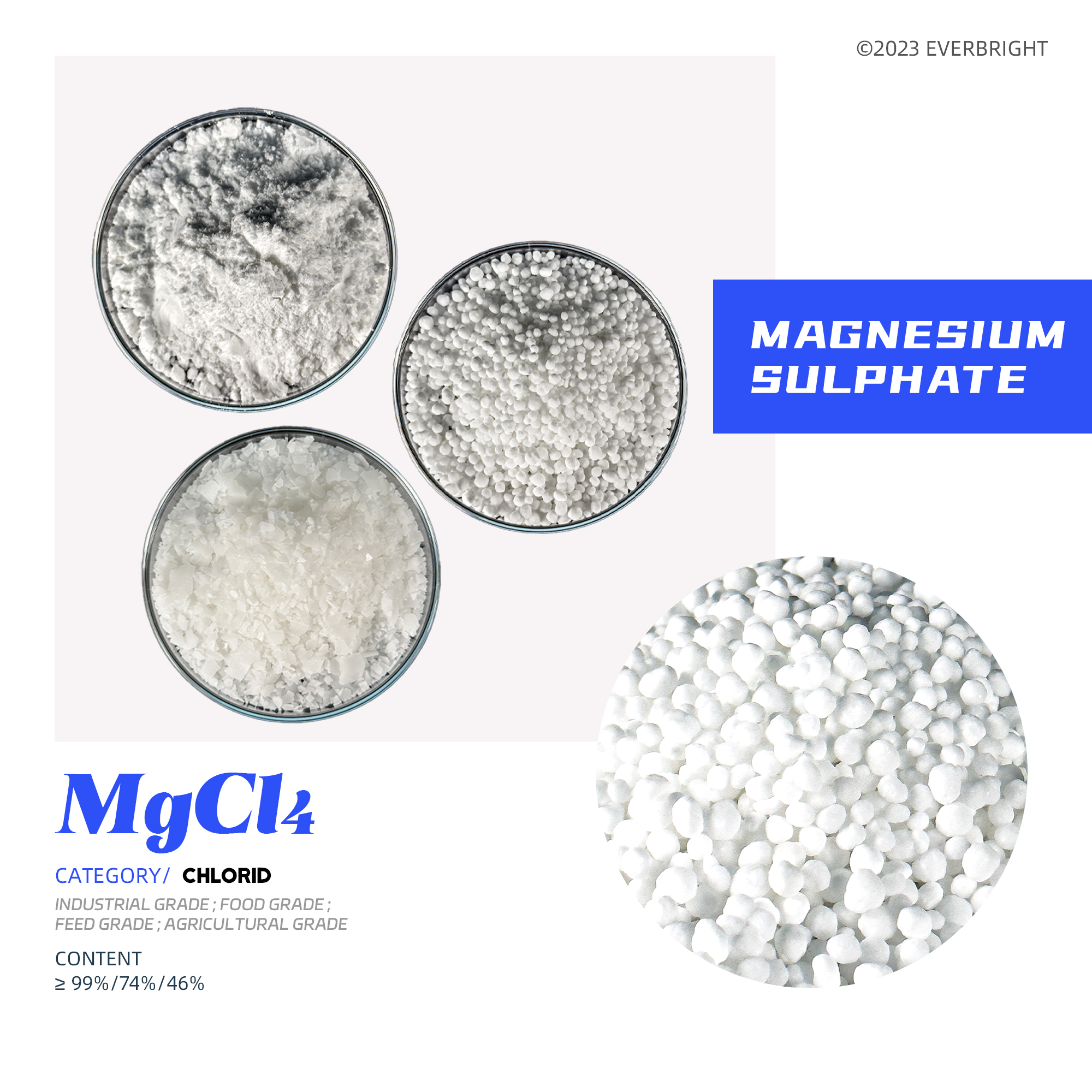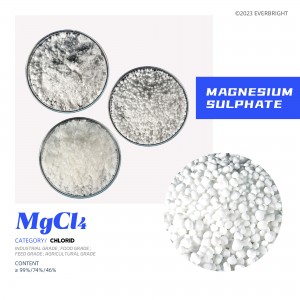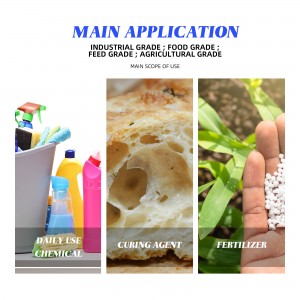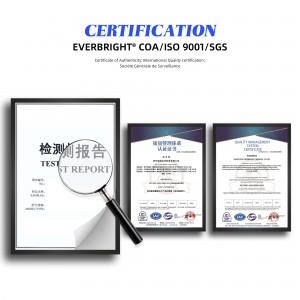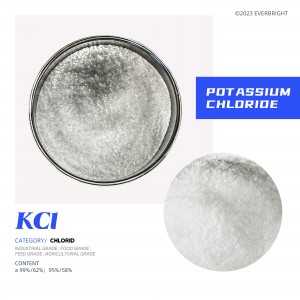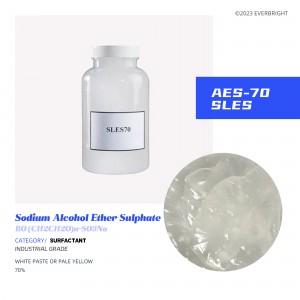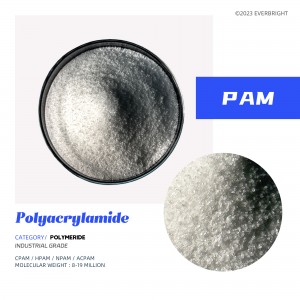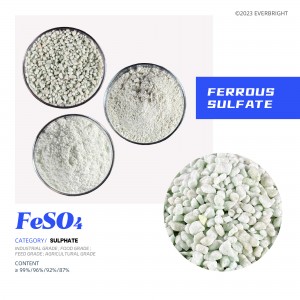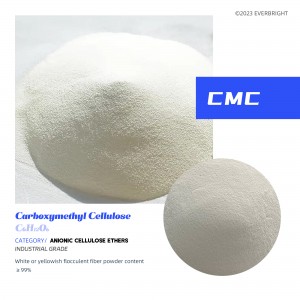Magnesium Chloride
Product Details



Specifications provided
Anhydrous powder (content ≥99%)
Monohydrate pearls (content ≥74%)
Hexahydrate Flake (content ≥46%)
(Scope of application reference ‘product usage’)
The content of about 46% is magnesium chloride hexahydrate, 99% is anhydrous magnesium chloride 46%, and the content of monohydrate and dihydrate is about 74% when dissolved in water 100℃. Its aqueous solution is neutral at room temperature. At 110 ° C, it begins to lose part of hydrogen chloride and decompose, and the strong heat converts to oxychloride, which decomposing at about 118 ° C when rapidly heated. Its aqueous solution has an acidic melting point of 118℃ (decomposition, six water), 712℃ (anhydrous).
EVERBRIGHT® ‘ll also provide customized :content/whiteness/particlesize/PHvalue/color/packagingstyle/ packaging specifications and other specific products that are more suitable for your use conditions , and provide free samples.
Product Parameter
7786-30-3
232-094-6
95.211
Chloride
2.323 g/cm³
soluble in water
1412 ℃
714 ℃
Product Usage

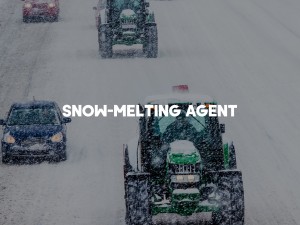

Industry
1. As a snow melting agent, the ice melting speed is fast, the corrosion of the vehicle is small, and the damage to the soil is small. Used for road frost protection.
2. Magnesium chloride controls dust, which can absorb moisture in the air, so it can be used to prevent dust and prevent small dust particles from spreading in the air.
3. Hydrogen storage. This compound can be used to store hydrogen. Ammonia is rich in hydrogen atoms. Ammonia can be absorbed by solid magnesium chloride surfaces. A little heat releases the ammonia from the magnesium chloride, and the hydrogen is obtained through a catalyst.
4.This compound can be used to make cement. Because of its non-flammability, it is often used in various fire protection equipment. The textile and paper industry has also made full use of this.
5. Magnesium chloride is used as a viscosity control agent in cosmetics and skin care products.
6. Soft and color fixing agent in detergent.
7. Industrial magnesium chloride is a natural decolorizing agent, which has a great decolorizing effect on reactive dyes.
8. Magnesium chloride modified silica gel can significantly improve the hygroscopicity of silica gel products.
9. The nutritional composition of microorganisms in the treatment (can promote microbial activation).
10. The moisturizer and stabilizer of the particles in the ink can improve the brightness of the color.
11. Color powder moisturizers and particle stabilizers can improve the color vividness.
12. Polishing ceramic additives can improve the surface luster and hardness. 13. Light paint raw materials.
14. Raw materials for insulating coating on the surface of integrated circuit board.
Magnesium fertilizer
It can be used as magnesium fertilizer, and can provide soil magnesium potassium magnesium fertilizer and cotton defoliant after application.
Curing agent/leavening agent
Food grade magnesium chloride is mainly used as an additive in food production, magnesium chloride can be used as a coagulant in soybean products for the production of tofu, which can retain the elasticity of tofu, delicious taste, and the appearance of white and tender, delicate and strong taste, suitable for all ages! At the same time, edible magnesium chloride in the process of food processing, as a curing agent, leavening agent, dewatering agent, tissue improver, etc., in the production and processing of aquatic freshness, fruits and vegetables, mineral water, bread, etc., has also been widely used.





